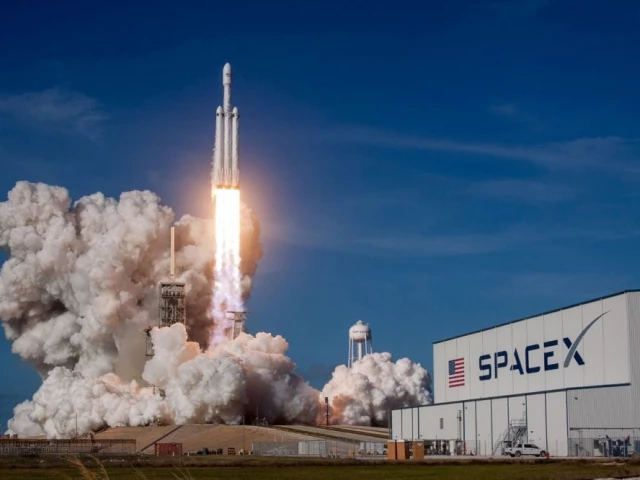SpaceX’s Starship Takes Another Giant Leap in Space Exploration
On Tuesday evening, SpaceX made waves once again as it launched its massive Starship rocket for its tenth test flight. This 403-foot-tall marvel took off from SpaceX’s Starbase in South Texas, poised to tackle some significant hurdles and further its journey toward reusable missions to Mars.
This launch was particularly exciting because it featured several upgrades. The team tested new heat shield tiles designed to withstand the extreme conditions of re-entry, a redesigned engine landing system, and a fresh satellite deployment mechanism. Let’s be honest—if you’ve been following SpaceX’s journey, you know this isn’t just another flight; it’s about proving that innovation can lead to successful reuse of rocket systems.
One of the highlights of this test was Starship’s upper stage separating smoothly from its Super Heavy booster. While the booster took a dip into the Gulf of Mexico instead of trying to catch it with the launch tower (a superficial move, to say the least), the upper stage handled re-entry like a champ, splashing down safely in the Indian Ocean. Past prototypes have struggled during this phase, so this was a significant thumbs-up for the engineering team.
But that’s not all—this test flight also marked the successful deployment of mock Starlink satellites using what SpaceX fondly dubbed its “Pez-like” dispenser system. Missed in previous attempts, this achievement underscores SpaceX’s commitment to rolling out its satellite internet service while experimenting with rocket reusability.
If you’re as fascinated by space exploration as we are, think about how SpaceX is not just pushing the boundaries of technology but also inspiring future generations of engineers and scientists. The pursuit of extraterrestrial exploration is no longer just a dream; it’s becoming more tangible with each test.
For more updates and in-depth exploration of space technology, consider connecting with resources like Pro21st, where we delve into the future of innovation and technology. Your curiosity might just lead to new adventures!





